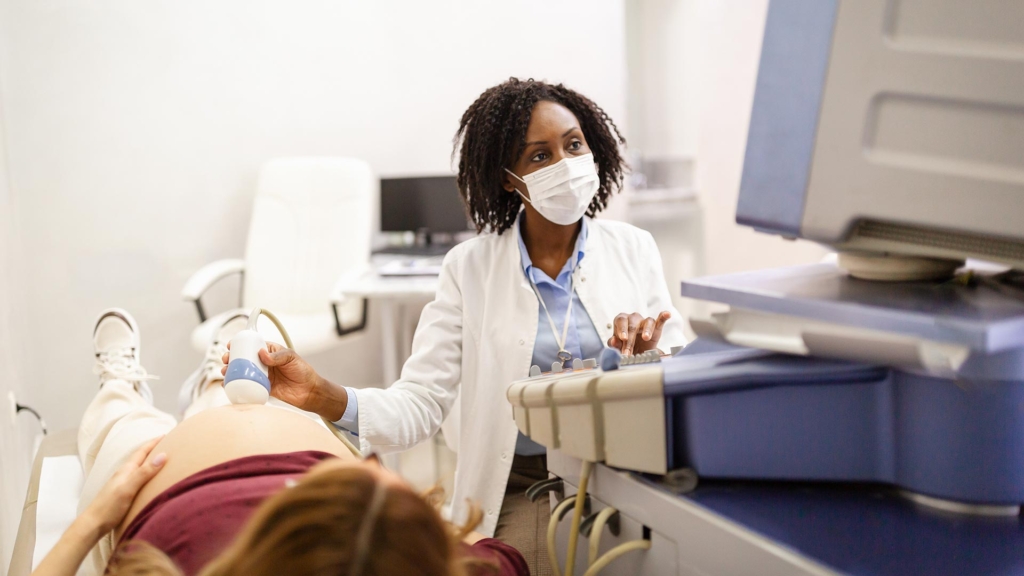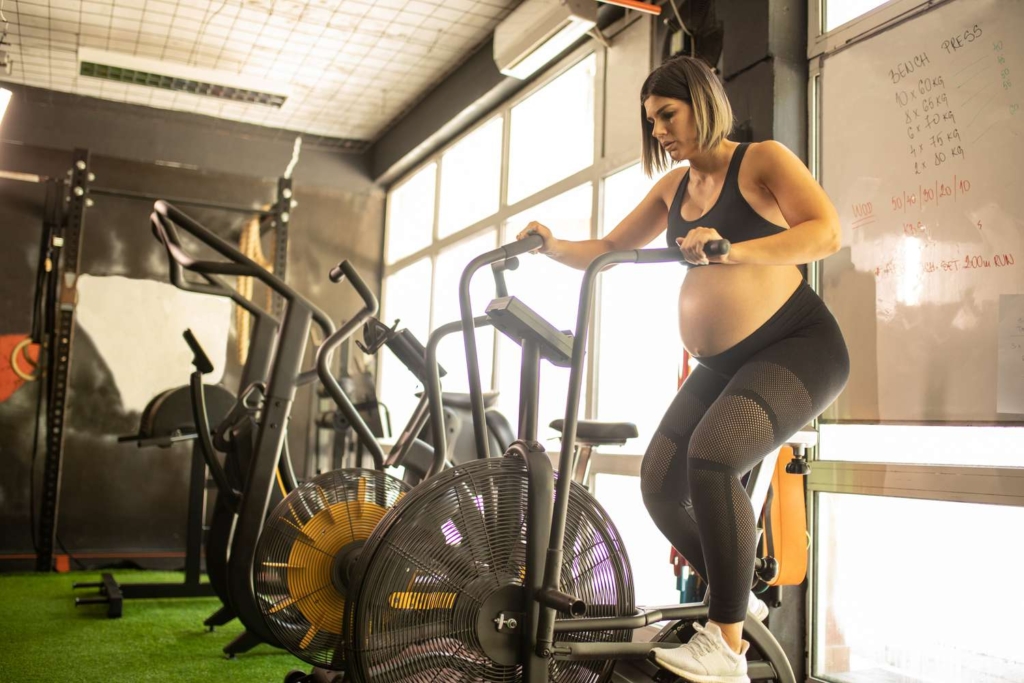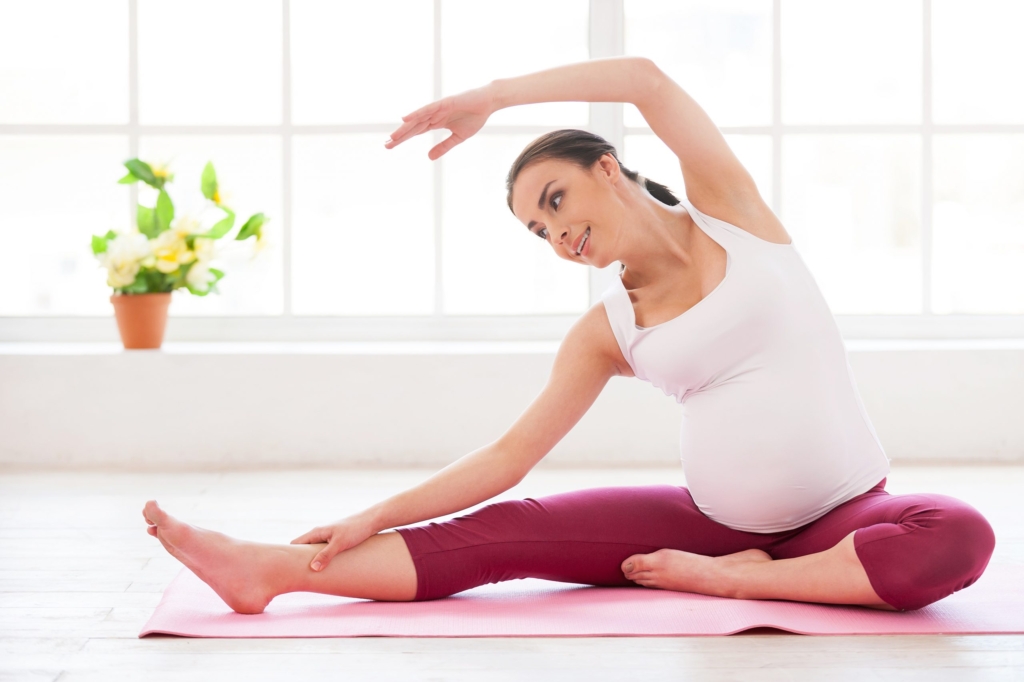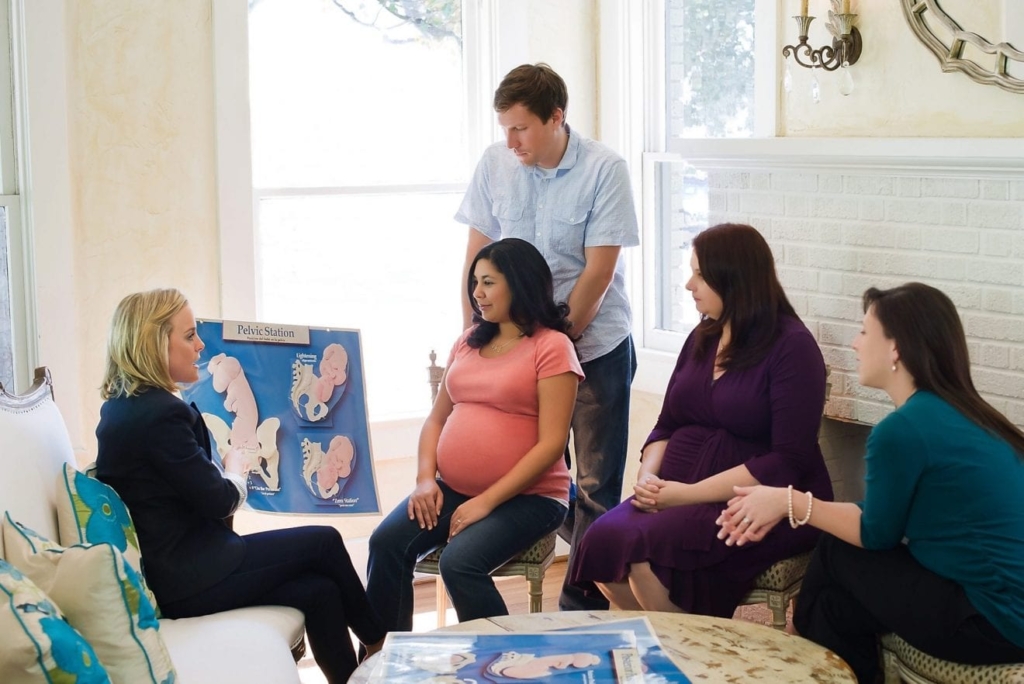Cycling Safely and Comfortably While Pregnant: A Comprehensive Guide
Maintaining an active lifestyle during pregnancy has been widely recommended by healthcare professionals. Among the various exercise options available, cycling stands out as a safe and enjoyable way to stay fit and prepare for childbirth with a positive mindset. If you’re a cycling enthusiast and wondering if you can continue enjoying your favorite outdoor activity, the answer is yes! With the right precautions and some smart choices, cycling while pregnant can be a safe and rewarding experience. Here we aim to provide comprehensive guidance, debunk myths, and offer practical tips to ensure a smooth and comfortable cycling experience throughout your pregnancy.
Prioritize Communication with Your Doctor:

Before embarking on your cycling journey during pregnancy, it is crucial to consult with your healthcare provider. Discuss your current cycling routine and your desire to continue exercising during pregnancy. Your doctor will assess your individual health and provide personalized advice on how to proceed safely. If any medical conditions arise that necessitate halting exercise, remember that it’s just a temporary pause for the well-being of you and your baby.
Listen Attentively to Your Body:
Pregnancy is a remarkable and physically demanding process. As your body works diligently to nurture the growing life within you, pay close attention to its signals. If you feel fatigued, dizzy, or unwell while cycling, don’t hesitate to slow down or stop altogether. Your body’s needs may fluctuate throughout the trimesters, so flexibility in your exercise routine is essential.
Tailor Your Cycling Routine to Your Trimester:

1st Trimester:
During the first trimester, your body is dedicating significant energy to forming the placenta and supporting early fetal development, so you might experience increased tiredness. Plan your cycling sessions accordingly, choosing mornings when you might feel more energized.
2nd Trimester:
A study published in the British Journal of Sports Medicine found that moderate-intensity exercise during the second trimester is safe and may improve maternal and fetal health outcomes. As you progress to the second trimester, continue cycling if it feels comfortable and is approved by your healthcare provider. When cycling during the second trimester, you are suggested to:
- Adjust your handlebars to a more upright position to accommodate your growing bump and maintain better balance,
- Choose smooth and flat surfaces to reduce the risk of balance issues, and
- Wear comfortable, supportive clothing that fits well as your body changes.
| Lower incidence of: | Higher incidence of: |
|---|---|
| Excessive gestational weight gain | Vaginal delivery |
| Gestational diabetes mellitus | |
| Gestational hypertensive disorders | |
| Preterm birth | |
| Cesarean delivery | |
| Birthweight |
3rd Trimester:
As you approach the third trimester, your baby is rapidly growing, and your body is accommodating the changes. During this period, the focus is on comfort and safety. A study published in the American Journal of Obstetrics and Gynecology (AJOG) indicated that appropriate exercise during the third trimester may reduce the risk of cesarean delivery. You are suggested to:
- opt for shorter, leisurely rides to prevent overexertion,
- consider using a stationary bike to control the intensity and avoid accidents, and
- pay attention to your body’s signals and discontinue cycling if you experience discomfort.
Explore Indoor Cycling Alternatives:

While outdoor cycling can be exhilarating, indoor cycling provides a convenient and controlled environment, especially during challenging weather conditions or when you prefer added safety. Indoor cycling classes or using a stationary bike at home are excellent alternatives to outdoor rides. These classes often offer low-impact workouts with skilled instructors who can tailor the routines to suit your pregnancy needs. Make sure to check with your doctor before participating in any indoor cycling program to ensure it aligns with your health requirements.
Stay Safe During Outdoor Cycling:
If you prefer the great outdoors and wish to continue cycling outside during pregnancy, there are essential safety measures to keep in mind:
- Consult Your Healthcare Provider: Before you hit the road, schedule a discussion with your doctor. They can assess your health status and provide personalized recommendations based on your pregnancy progress.
- Listen to Your Body: Pregnancy brings about changes in your body, and it’s essential to be attentive to its signals. If you experience discomfort, dizziness, or fatigue, take a break and rest.
- Choose Safe Routes: Opt for well-paved, low-traffic routes for your outdoor rides. Avoid steep hills or rough terrains that could pose unnecessary risks.
- Wear Protective Gear: Always wear a properly fitted helmet and comfortable, supportive attire while cycling.
- Stay Hydrated: During pregnancy, staying hydrated is crucial. Carry water with you and take regular sips throughout your ride.
Adapt to Pregnancy-Induced Changes:


As your pregnancy advances, you may notice certain physical changes that impact your cycling experience. While some women may experience altered balance, others might face shortness of breath due to the compression of internal organs. Remember that these changes are entirely normal and expected. If any discomfort arises, don’t hesitate to modify your cycling routine or explore alternative exercises. Walking, prenatal yoga, and swimming are excellent choices that can complement your cycling workouts while reducing stress on your joints.
| Walking |
| Stationary cycling |
| Aerobic exercises |
| Dancing |
| Resistance (eg, weights, elastic bands) exercises |
| Stretching exercises |
| Hydrotherapy, water aerobics |
Prioritize Comfort:
During pregnancy, your body may experience additional weight gain, leading to potential saddle soreness. To alleviate this discomfort, consider investing in maternity-specific cycling clothing, such as padded shorts or bibs. These specialized items can provide the much-needed support and cushioning for a more enjoyable ride.
Bond with Fellow Cyclists:

Cycling while pregnant provides a unique opportunity to connect with other expectant mothers who share your passion for biking. Look for local cycling groups or online communities where you can exchange experiences, share tips, and find camaraderie during this beautiful phase of life.
Recognize Individual Differences:
Every pregnancy is unique, and what works for one woman may not suit another. It’s essential to avoid comparing yourself to others and focus on what feels right for you and your baby. Embrace the journey at your own pace, honoring your body’s needs and capabilities.
Acknowldege When to Hit the Brakes
Cycling can be a fantastic way to maintain fitness and well-being during pregnancy. However, it’s crucial to listen to your body and recognize the signs that may indicate it’s time to slow down or avoid cycling altogether. We’ll explore some key indicators to help you make informed decisions about cycling during pregnancy. These include:
- Painful or regular contractions: If you experience contractions that are painful or occur at regular intervals, cease exercise and notify your healthcare provider immediately.
- Dizziness or fainting: Feeling lightheaded or faint during exercise is concerning and requires prompt evaluation by your doctor.
- Persistent shortness of breath: Occasional breathlessness during physical activity is normal, but if you experience shortness of breath that does not subside after exercise, contact your healthcare provider.
- Chest pain: Chest discomfort during exercise should never be ignored. Stop immediately and consult your doctor.
- Headache: Unexplained headaches during or after exercise warrant medical attention, especially if they are severe or persistent.
- Unusual or new pain: Any new or unusual pain, particularly in the abdomen or pelvic region, should be reported to your healthcare provider.
- Bleeding or leaking from the vagina: Any vaginal bleeding or fluid leakage during exercise requires immediate medical evaluation.
- Swelling, especially in your calf muscles: Sudden or severe swelling, especially in the calves, could indicate a medical concern.
- Muscle weakness affecting balance: If you experience muscle weakness that impacts your balance during cycling, it’s best to stop and consult your healthcare provider.
It’s essential to prioritize your health and that of your baby during pregnancy. Never hesitate to seek medical advice if you experience any concerning symptoms during exercise. Your healthcare provider is your best resource to determine if continuing exercise is safe for you and your baby.
The Takeaway
Cycling can be a safe and rewarding exercise during pregnancy, but it’s crucial to pay attention to warning signs and expert advice. Indoor cycling is generally considered safer, while outdoor rides require clearance from your healthcare provider. Remember, every pregnancy is unique, and your healthcare provider’s guidance is paramount. By making informed decisions and listening to your body, you can continue enjoying the benefits of cycling while safeguarding your and your baby’s well-being.
